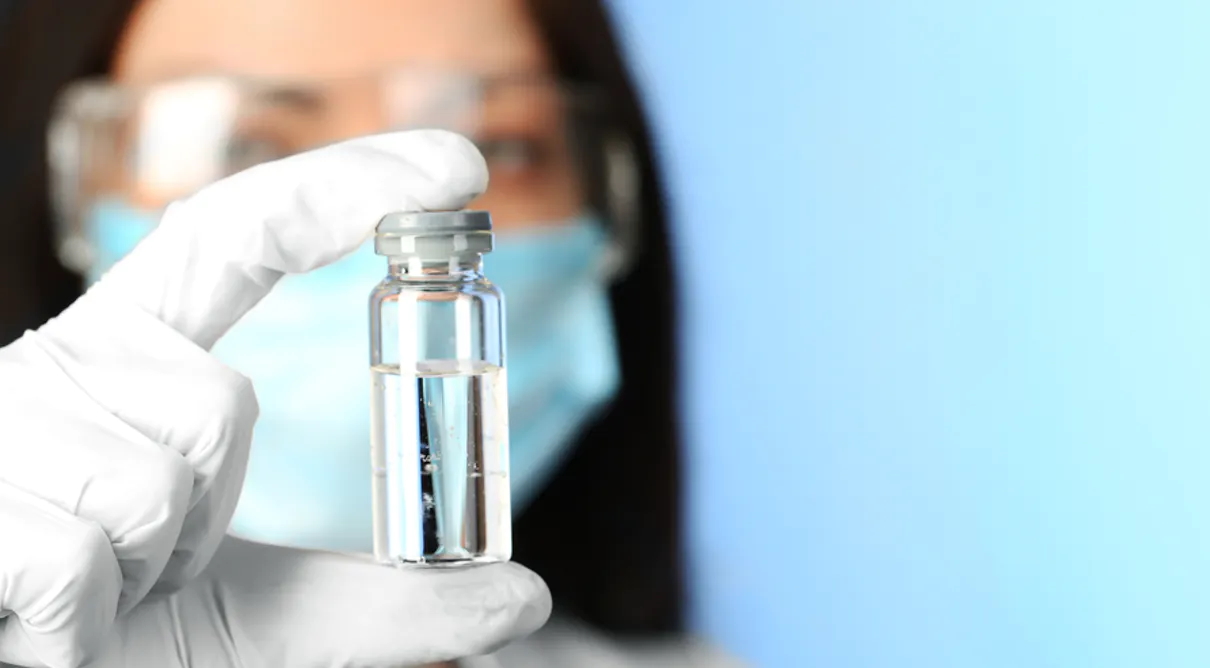Why doesn’t Australia make more medicines? Wouldn’t that fix drug shortages?
- Written by Peter Coomber, PhD Candidate, Pharmaceutical Supply Chains, The University of Queensland

About 400 medicines[1] are in short supply in Australia. Of these, about 30 are categorised as critical[2]. These are ones with a life-threatening or serious impact on patients, and with no readily available substitutes.
Since 2024, there has been a nationwide shortage of sterile fluid[3]. This continues to affect[4] health care across Australia.
However, medicine shortages in Australia are not new. We know from past experience that six classes of medications[5] are the most likely to go short: antibiotics, anaesthesia and pain relief treatments, heart and blood pressure medications, hormonal medications, cancer treatments and epilepsy medications.
So, could we prevent medication shortages if Australia made more medicines[6]?
Why are there so many shortages?
Australia has a very small[7] pharmaceutical manufacturing industry. It mainly makes[8] vaccines and some generic medications (ones no longer protected by a patent). In fact, Australia imports 90%[9] of its medications[10].
Most raw ingredients are also imported, including the active pharmaceutical ingredient[11]. This is the ingredient that has a therapeutic effect, such as salbutamol to manage asthma or atorvastatin to lower cholesterol. Australia also imports the inactive ingredients known as excipients[12]. These include fillers, bulking agents and preservatives.
Then there are medication delivery devices (such as inhalers or syringes) and packaging (which has to be sterile) to source.
A shortage in one ingredient or component – in Australia or internationally – will affect the production and supply of the finished product. This can lead to shortages.
Often, there are limited sources (or a single source) for medication components. This makes supply chains[13] particularly vulnerable[14].
Australia is a small player, globally
Australia is a small market for pharmaceuticals[15], compared with other OECD countries.
So during a shortage of medications, raw materials or other components, suppliers prioritise larger and therefore more valuable markets.
Australia’s Pharmaceutical Benefits Scheme (PBS) has an underpinning pricing mechanism[16] to provide affordable medicines for Australians. But this also makes the market less attractive[17] to medication manufacturers.
Therefore, countries where markets are bigger, and offer larger profit margins, are more attractive. This restricts the type and range of medications offered to the Australian market, including when supplies are short.
So could ramping up local manufacture help?
The answer is maybe.
But developing Australia’s limited pharmaceutical manufacturing would take many years to reach a level and capacity for sustainable supply.
Increasing local manufacturing would address access to some medicines. However, domestic manufacturers also need access to raw ingredients. These could also be made locally.
For pharmaceutical manufacturing to be viable and profitable[19] in Australia there must be “economies of scale”.
Considerations include the availability of raw materials, production costs (including labour), access and availability of infrastructure and specialist facilities. To justify their investments, companies will ultimately need to sell enough product to cover these and other costs.
But Australian manufacturers struggle to achieve economies of scale due to the small domestic market. So they would need to export some of their products to supplement domestic sales.
To boost Australia’s pharmaceutical manufacturing industry, all states and territories would need a coordinated approach to planning and investment. This would also need bipartisan political support and a strategic long-term commitment.
What could we do in the short term?
Health authorities stockpiling medicines is the obvious short-term solution to Australian medication shortages. However, we’d need to carefully manage the stored medicines to ensure supply meets demand. We’d also need to make sure medicines are used before they expire. If not carefully managed, a stockpile risks unnecessary expense and waste.
Currently, state and territories manage the use of medications in their own hospitals. However, we could standardise medication use in hospitals nationally. With co-operation among states and territories this would allow manufacturers and suppliers to better plan production and distribution of medicines. Not only would this provide more certainty for suppliers, it would reduce the states and territories competing with each other for medicines in short supply.
We also need to review the pricing mechanism for medicines to make the Australian market more attractive for pharmaceutical imports. This would also help Australia move higher up the priority list when medicines are in short supply.
References
- ^ 400 medicines (apps.tga.gov.au)
- ^ about 30 are categorised as critical (apps.tga.gov.au)
- ^ shortage of sterile fluid (theconversation.com)
- ^ continues to affect (www.tga.gov.au)
- ^ six classes of medications (adpha.au)
- ^ made more medicines (ajp.com.au)
- ^ very small (www1.racgp.org.au)
- ^ mainly makes (www.medicinesaustralia.com.au)
- ^ imports 90% (sldinfo.com)
- ^ of its medications (parlinfo.aph.gov.au)
- ^ active pharmaceutical ingredient (www.cancer.gov)
- ^ inactive ingredients known as excipients (australianprescriber.tg.org.au)
- ^ supply chains (www.medicinesaustralia.com.au)
- ^ particularly vulnerable (ajp.com.au)
- ^ small market for pharmaceuticals (www.medicinesaustralia.com.au)
- ^ underpinning pricing mechanism (www.pbs.gov.au)
- ^ less attractive (theconversation.com)
- ^ RGtimeline/Shutterstock (www.shutterstock.com)
- ^ viable and profitable (www.medicinesaustralia.com.au)




















